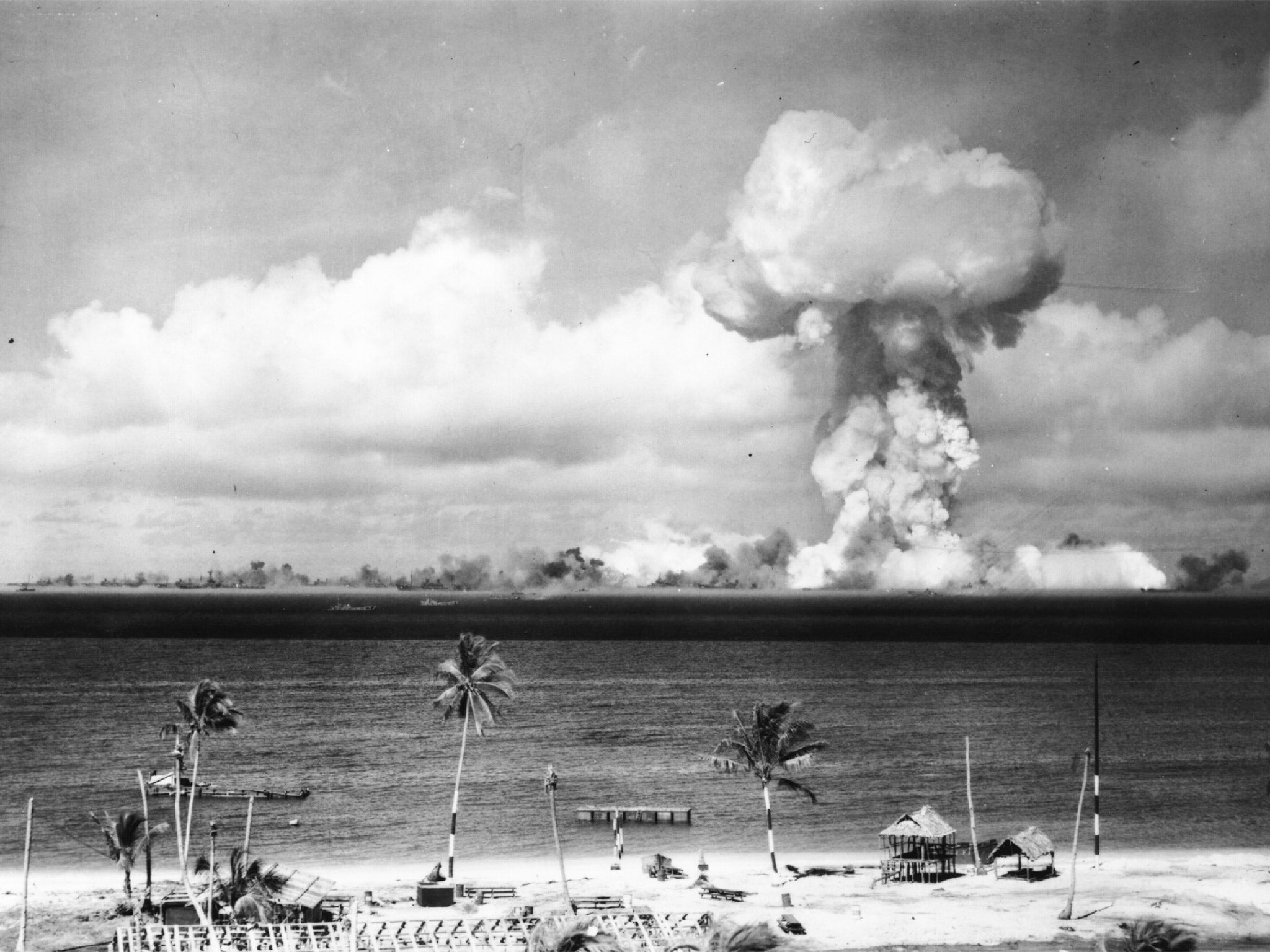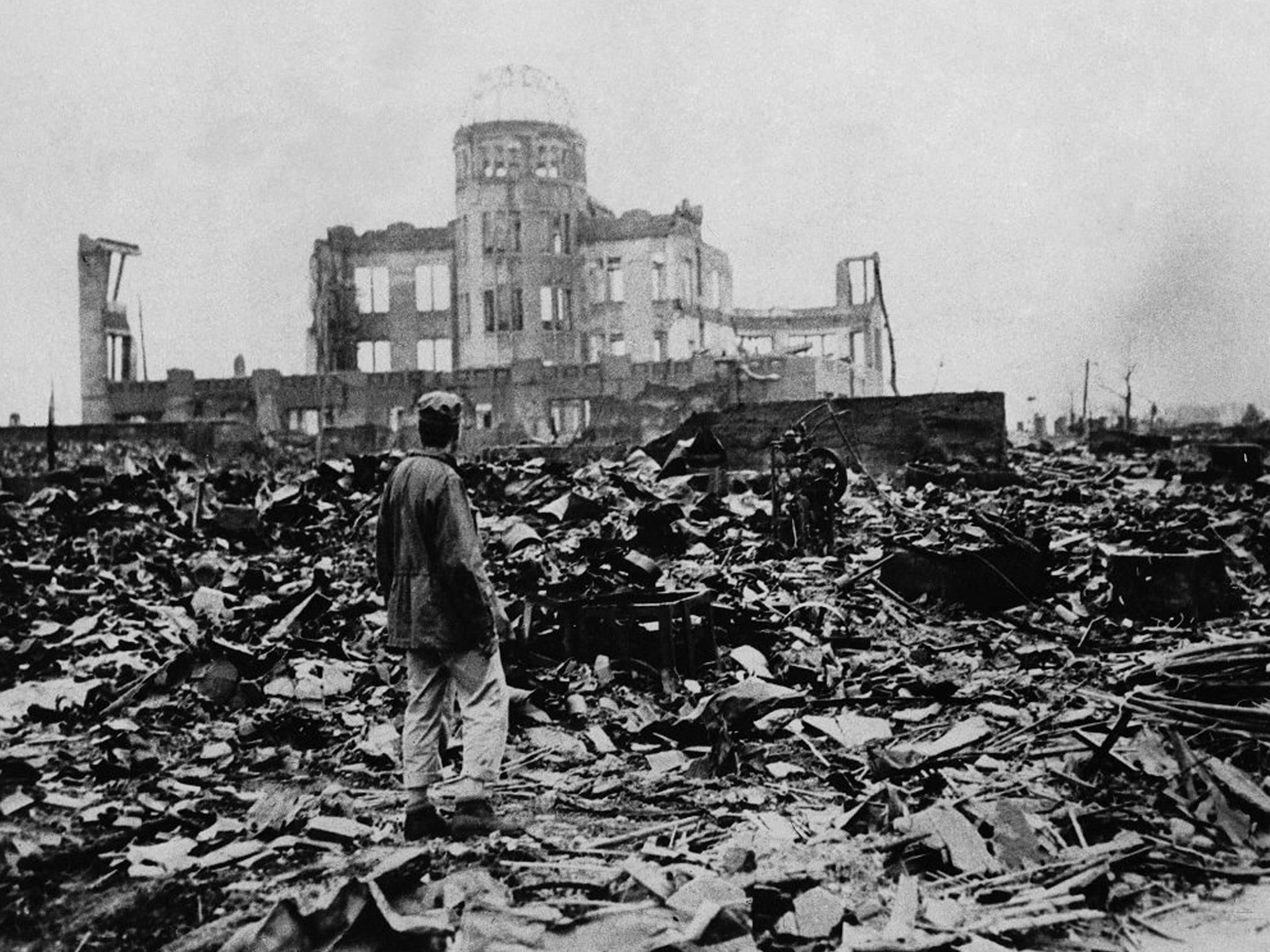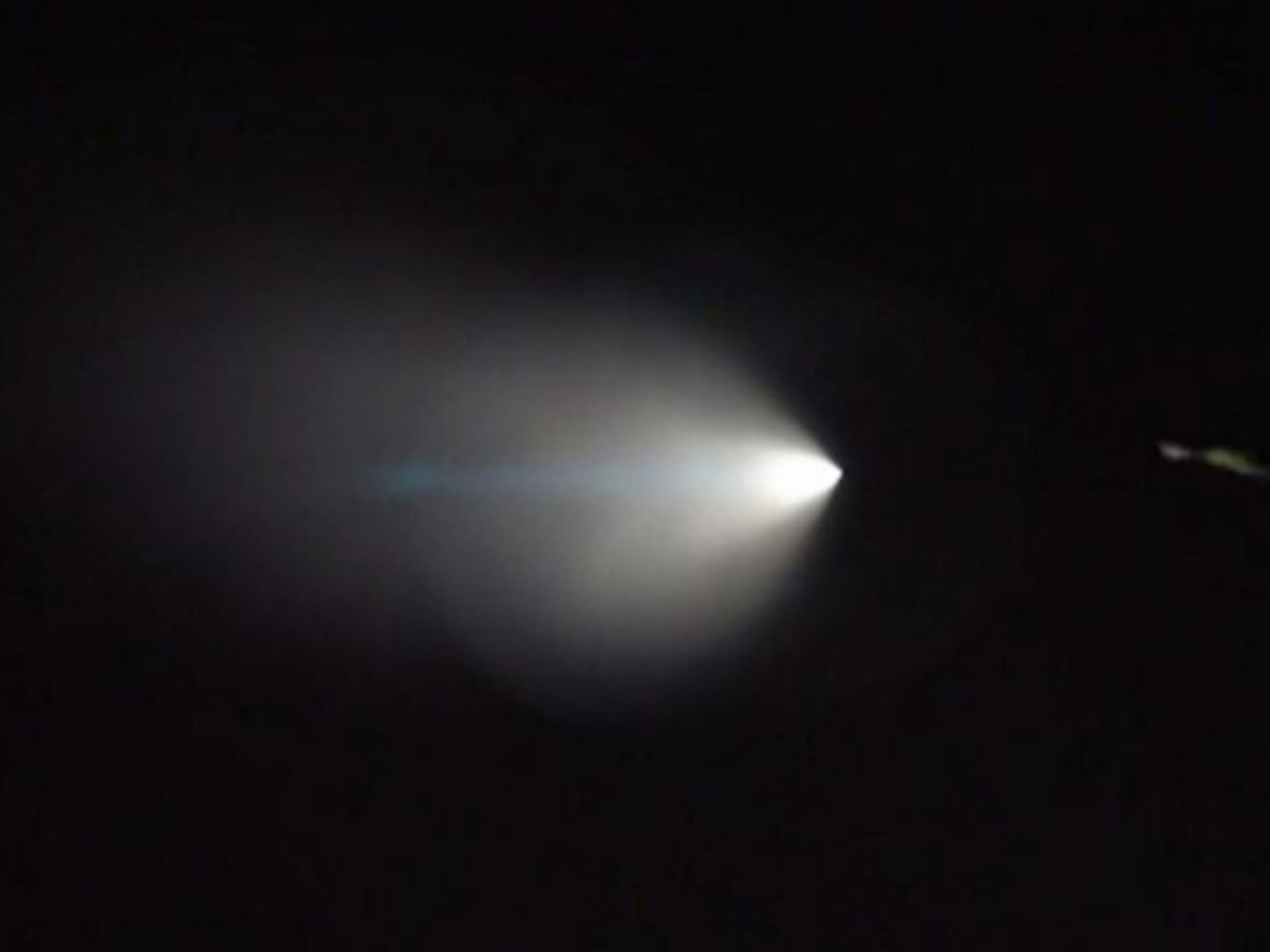Modelling World War Three: What would happen if a nuclear bomb were fired at Britain?
The initial blasts would be beautiful - but the fallout absolutely devastating

Your support helps us to tell the story
This election is still a dead heat, according to most polls. In a fight with such wafer-thin margins, we need reporters on the ground talking to the people Trump and Harris are courting. Your support allows us to keep sending journalists to the story.
The Independent is trusted by 27 million Americans from across the entire political spectrum every month. Unlike many other quality news outlets, we choose not to lock you out of our reporting and analysis with paywalls. But quality journalism must still be paid for.
Help us keep bring these critical stories to light. Your support makes all the difference.
The downing of a Russian warplane by a Nato member – Turkey – was an event which saw the Western world thrown into a scenario unlike anything it has experienced since the end of the Cold War.
Fears of “World War Three” may feel like a bit of a blast from the past – but with the phrase trending across social media and appearing in the comments of serious security analysts, people are clearly giving it some thought.
Unlike at the end of World War Two – the last time a nuclear weapon was launched on a civilian population with devastating effect – Russia and the US now have approximately 15,000 nuclear warheads between them. Most are now many times more powerful than the atomic bombs dropped on Japan in 1945.
The UN, EU and Nato have all called for calm, while Russia and Turkey themselves have said they have no interest in escalating the crisis.
But with the success of video games such as the Fallout series or post-apocalyptic fiction like The Road, the “what if” question has never really gone away. Here’s a look at what would happen.
Thousands would die straight away
If a bomb of the sort currently deployed by the US or Russian military were to strike a built-up area like London, the impact would kill many people instantly.
Developed at the Stevens Institute of Technology, an app created by Alex Wellerstein allows you to simulate what the effect of a bomb of varying sizes might be where you live.
If a bomb equivalent to the largest in the US arsenal hit London, the simulation estimates 690,000 would be killed by the blast – never mind the long term impacts of fallout.
And if a hydrogen bomb equivalent to the largest ever tested by Russia was dropped on the UK capital, nearly six million would be killed, with the blast radius stretching from Reading to Southend.
Even the smallest conflict would involve scores of warheads
It is conceivable that an isolated nuclear incident – perhaps an accident – might stop after the first blast.
But according to a recent study by a team of US atmospheric and environmental scientists, even a regional nuclear conflict between the likes of India and Pakistan would likely involve somewhere in the region of 100 warheads the size of those dropped on Japan.
The team didn’t even look at the number of deaths such a “limited” conflict would cause initially – they were interested in modelling the climatic impacts.
But they add: “Knowledge of the impacts of 100 small nuclear weapons should motivate the elimination of more than 17,000 nuclear weapons that exist today.”

The blasts would be a sight to behold…
Californians recently got a small insight into what it would be like to be within eyeshot of a nuclear war, when the skies off the state’s southern coast were lit up by a US Navy test of its Trident missile system.
Though the weapon was unarmed, witnesses said they were struck more than anything by the striking beauty of the distant explosion.
Photographer Porter Tinsley told Polygon: “One thing that bothers me about [my photo of the missile] is that it actually doesn’t show exactly how pretty the ballooning blue halo really was.

“The image is as close to what we saw but it was brighter than that. And it all happened without sound. It feels sort of gross to say that because of how scared I was.”
A full nuclear missile blast would almost certainly be one of the last things a witness ever saw – but it would be an extraordinary sight.
… and leave a devastating mark on the world
Computer modelling conducted by the US study team found that the 100-bomb conflict would send up five megatons of black carbon, blocking out the sun and reducing the temperature of the Earth by up to 2F in just one year. This would have a devastating effect on rainfall.
Between two and six years after the war, the plummeting temperatures would see the growing season of crops slashed and the ozone thin by 25 per cent on average, leading to a spike in skin cancers.
According to Popular Science, a separate 2013 study found that a similar 100-bomb war would, regardless of the number killed in the blasts themselves, result in the deaths of 2 billion people due to starvation.
Subscribe to Independent Premium to bookmark this article
Want to bookmark your favourite articles and stories to read or reference later? Start your Independent Premium subscription today.
Join our commenting forum
Join thought-provoking conversations, follow other Independent readers and see their replies
Comments